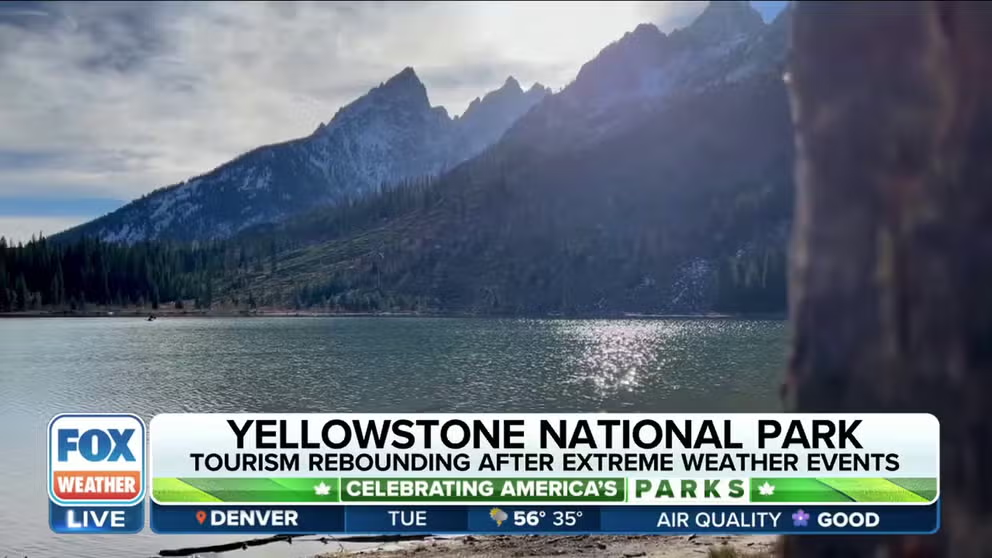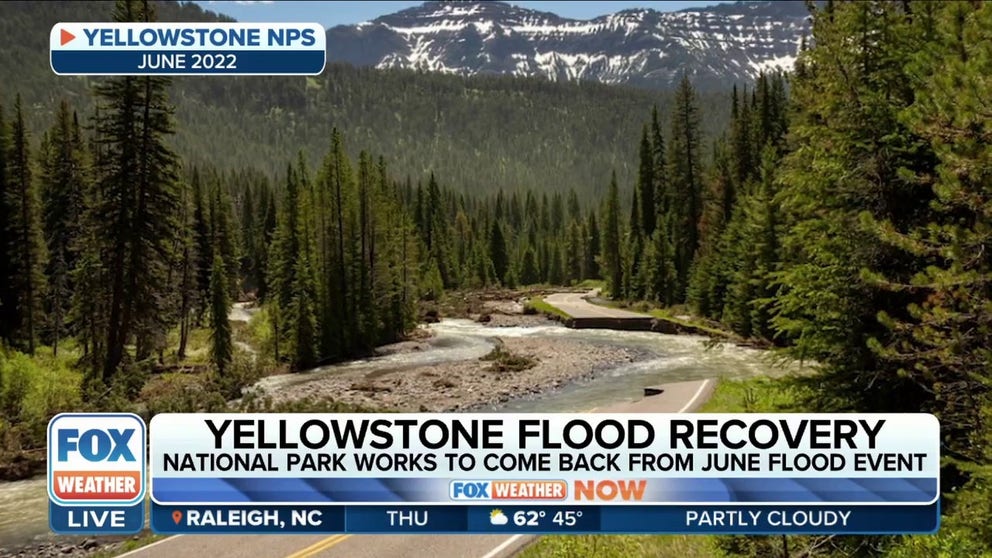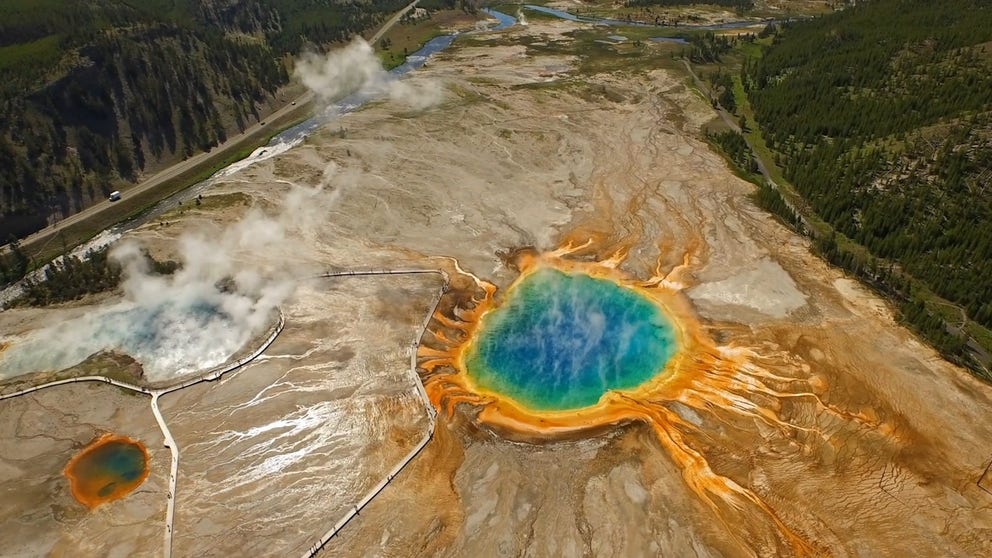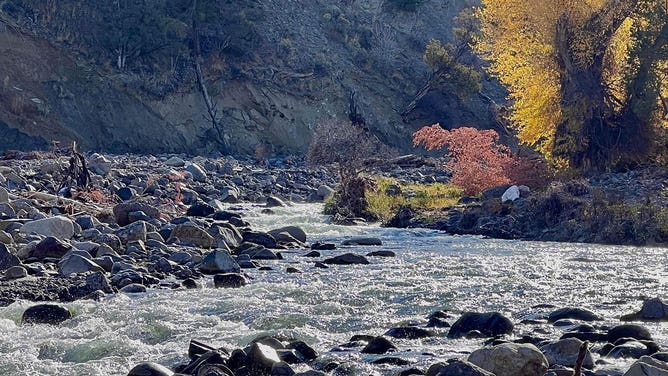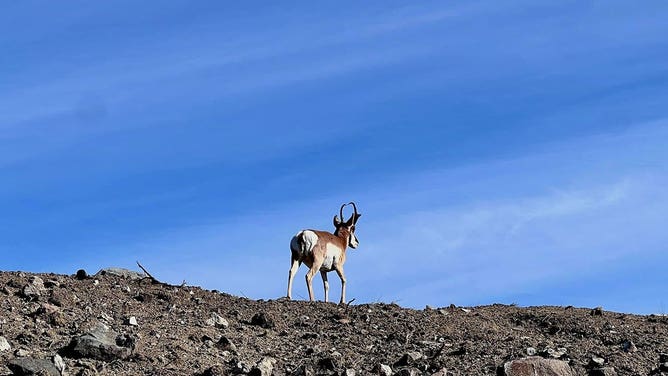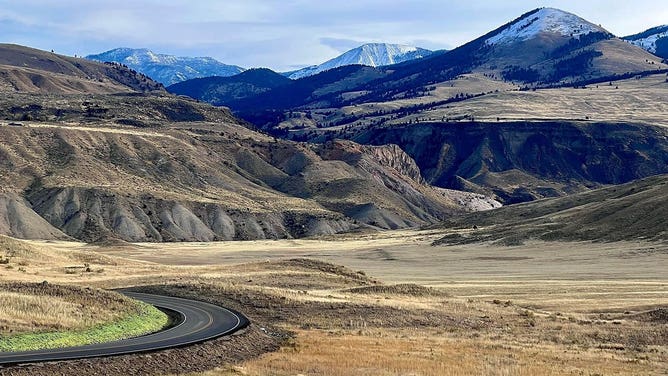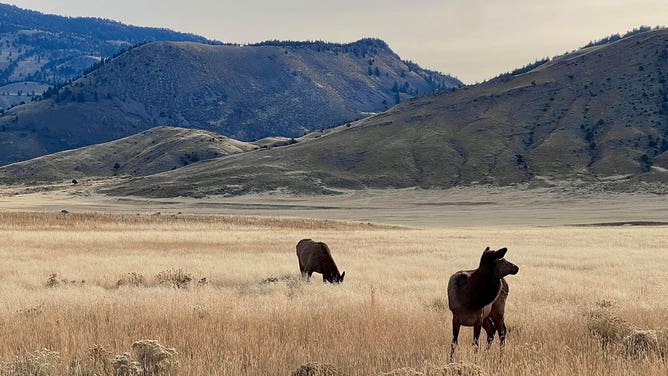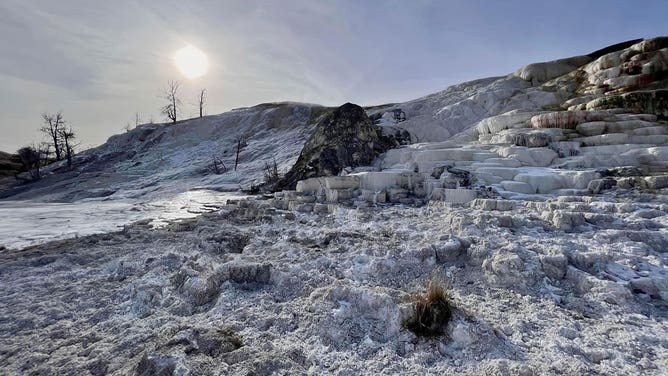Yellowstone's surrounding towns rely on world travelers to visit one of Earth's most beautiful places
In the age of social media, getting a chance to see the bison, moose or bears the park is famous for is a highly desirable experience for the millions of tourists who travel there. But recent extreme weather events, like flooding, kept the tourists away.
Yellowstone National Park: Tourism rebounding after extreme weather events
Yellowstone National Park is a diverse land bordering three states. In the age of social media, getting a chance to see the park's famous bison, moose or bears is a highly desirable experience for the millions of tourists who travel there. But recent extreme weather events like flooding kept the tourists away, now the months ahead look bright as we look at the challenges the park has faced and what lies ahead. FOX Weather’s Robert Ray reports.
GARDINER, Mont. – Yellowstone, the world's first national park, is a diverse land bordering three states – Wyoming, Montana and Idaho.
Thousands of feet above sea level, amid the prairies at these high-range areas, Yellowstone's snowy mountain peaks can be seen everywhere amid wildlife in all directions. Millions of people around the world visit the national park each year.
However, recent extreme weather events have kept them away. Now, the months ahead look bright following the challenges the park has faced.
HERE ARE THE MOST POPULAR NATIONAL PARKS FOR BIRDWATCHING THIS SPRING
Yellowstone bison in danger due to deep snow
Buffalo Field Campaign Organization Campaign Coordinator Mike Mease discusses how the campaign is helping bison with their spring migration as heavy snow out West threatens the species population.
‘Yellowstone is an amazing place’
It's one of the most diverse ecosystems on the planet and worth saving, studying and looking at for the future.
"Yellowstone is an amazing place," Yellowstone National Park ranger Rich Jehle said. "It is a unique landscape, and there is nothing else like it in the world."
Jehle has spent most of his life in the park, learning about Yellowstone.
"Not just the landscape, the wilderness, the wildlife, the geysers … it's about more of an idea, which is the national park idea," Jehle said.
Since Yellowstone was designated in 1872, the concept of what constitutes a national park has expanded significantly. The original focus on natural wonders has evolved to include sites that chronicle human history, educate and elevate the quality of life.
"There are some places that are so unique and so special that we need to set them aside and preserve them for the future," Jehle said. "And not just nearly intact exactly like they were at some point, but preserving the processes – the natural way things interact, the way the ecosystem works, the way that the wildlife interacts with the geology."
HERE'S WHY THERE COULD BE PINK SNOW AT YELLOWSTONE THIS SUMMER
Yellowstone welcomes visitors as park recovers from 2022 flood event
Director of Sales and Marketing for Yellowstone National Park Lodges Rick Hoeninghausen and Executive Director of Cody Yellowstone Ryan Hauck discuss how the parks prepare for visitors this summer following damaging flooding nearly one year ago.
On the northern edge of Yellowstone lies the state of Montana, where wildlife is an enormous draw for its ecotourism industry.
"Yellowstone is such a marvel, and we are so lucky to be living in this area," said Jessica Olson with the Gallatin River Task Force. "You really just don't get over how amazing those geological features are and knowing what the Earth can do. From a tourism standpoint, it's what brings in so much of the economy around here."
Olson adds there is so much to experience that the area relies on Yellowstone for a good reason.
"The wildlife and the ecosystem around us, not just in the park itself but that greater Yellowstone ecosystem here in Big Sky, Bozeman and Gardiner. They are such amazing communities to be in," she said.
DOZENS OF EARTHQUAKES RUMBLE BENEATH LAKE IN YELLOWSTONE NATIONAL PARK WITHIN 12 HOURS
Yellowstone National Park
A look at the United States' first National Park: Yellowstone.
Yellowstone's extreme weather affects Montana's bottom line
In the age of social media, getting a chance to see the bison, elk, moose or bears the state is famous for is a highly desirable experience for the millions of tourists who travel here.
However, recent extreme weather events, like flooding, kept the tourists away, impacting the state’s bottom line.
"Business was down anywhere from 60% to 90%, and that's for those that stayed open," said Bill Berg, a commissioner in Park County, Montana. "There were some that saw the writing on the wall and just locked up and cut their losses."
On the morning of last June 13, flooding, rock and mudslides destroyed a main road near Yellowstone National Park’s north entrance.
For Parks' Fly Shop owner Richard Parks, his summer business was postponed due to a tsunami of cancellations following the floodwater. In the town of Gardiner, tourism was near zero after the summer disaster, and recreational fishing came to a halt.
VOLUNTEER SHOVEL BRIGADE CLEARS SNOWY PATH TO HELP MIGRATING YELLOWSTONE BISON
"While we have had occasional other things going on as part of our economy, Yellowstone is the golden goose," Parks said.
After four months of re-engineering the collapsed road and building new paths into the park, tourism was awoken in late October.
"These events are happening more and more frequently," Yellowstone National Park Superintendent Cam Sholly said.
Most of the U.S. infrastructure in the national parks dates back to the 1930s and 1940s, Sholly added, before climate change was part of the conversation.
"And as we see these climate events – whether they be hurricanes or fires or floods – impact our infrastructure. In some ways, it's an opportunity," he said.
Over 5 million people visited Yellowstone in 2021, which was an all-time record. It brought in nearly $700 million for the region and thousands of job opportunities in the tourism industry.
